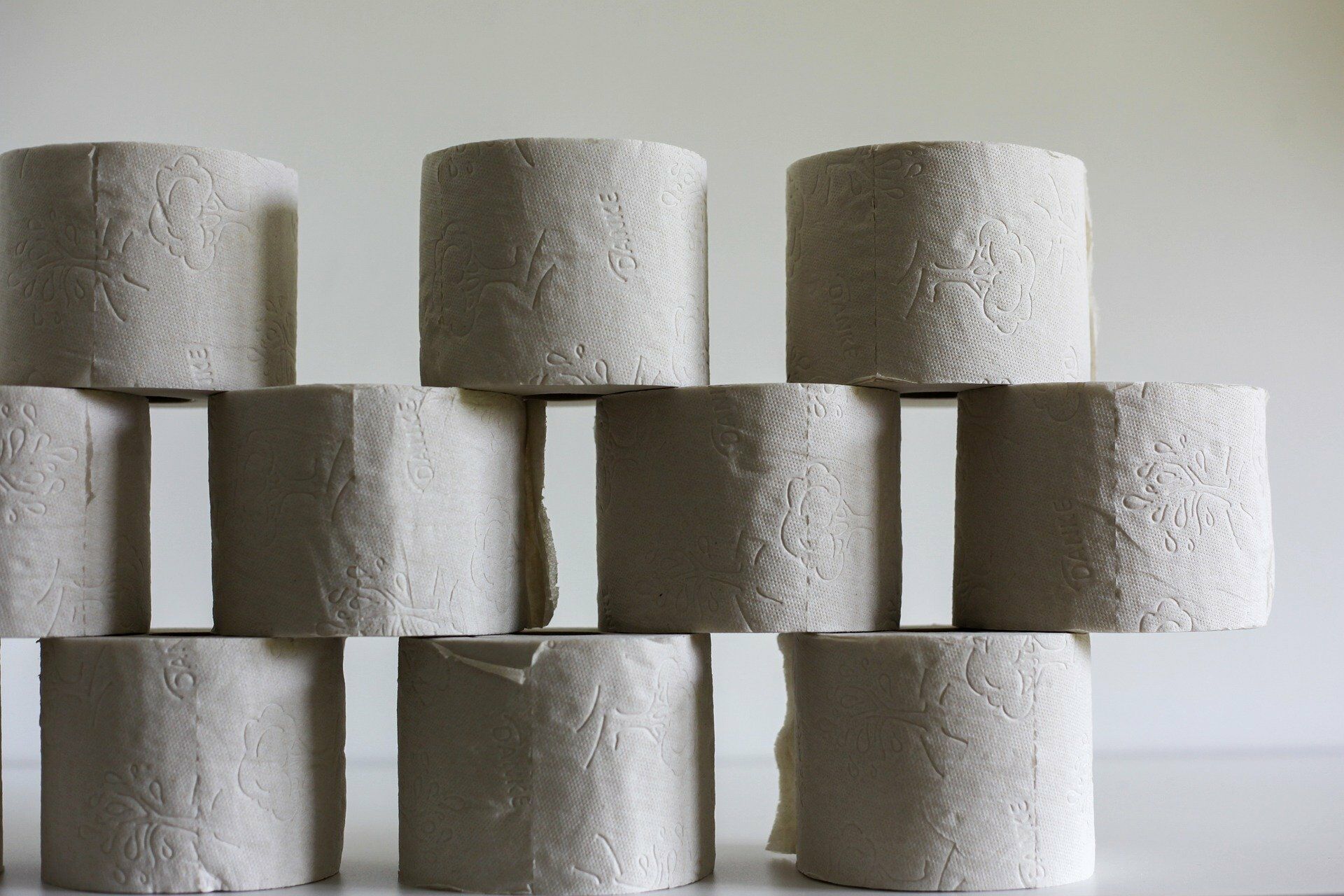30 Mar 2020 13:45
Economy
Since the beginning of March, empty shelves without toilet paper is common occurrence in German supermarkets as worried shoppers buy up the essential household item. Even the Dutch prime minister was asked about the coveted sanitary paper product while visiting a supermarket. German retailers emphasize: there are no supply shortages. Port of Hamburg Marketing (HHM) explains how the perceived shortage nevertheless occurs, how the supply chains for paper and paper products work, how much Germany produces and what goods are imported for this purpose.
Short-term high demand – At high production supply chains run without disruption
German retailers and manufacturers are currently reporting rising toilet paper purchases. According to Europe's largest drugstore company dm, there is significantly more demand for toilet paper than last year. In 2019, each German on average bought toilet paper worth 20.22 EUR, while most of the buyers chose the retailers' own brands. WEPA is one of the largest sanitary paper manufacturers in Europe with 13 plants and produces some of these private-label articles. The average consumption of one person is six rolls per month. Looking at the total consumption in Germany, this will not change, even in the long term: This means that despite panic buying during the corona pandemic, the total demand of the population remains the same. For this reason, the German Pulp and Paper Association (VDP) and WEPA expect a decrease in demand coming next fall. ‘What could remain is an increased awareness among consumers for hygiene’, WEPA CEO Martin Krengel told the German newspaper “Handelsblatt”.
Manufacturers such as WEPA are well prepared to deal with the spike in demand for toilet paper since the beginning of March. Additionally, the VDP also emphasizes that production and supply chains are running smoothly. Even with measures in place such as curfews and border crossing restrictions, the flow and supply of goods remain unaffected. To assure this constant supply, machines at WEPA are running 24 hours a day. The CEO assures consumers that after the health and safety of their employees, guaranteeing the production has the highest priority. Essity, the market leader in consumer tissue in Sweden, is also increasing its production. The company recently sent out over 66,000 pallets of toilet paper from its Mannheim factory within one week. The manufacturer of brands such as Tempo and Zewa announced via its German Twitter account: New supply of toilet paper is on its way. The medium-sized wholesale company Bartels-Langness is also currently working two-shifts and on weekends at their central warehouse of in Neumünster to supply 1500 retailers, kiosks and petrol stations in northern Germany every day.
Stores usually place orders for toilet paper at longer intervals because storage capacity is limited, and toilet paper is not one of the more frequently re-purchased goods such as milk. The sudden surge affects the demand-based logistics chain and shifts occur. Due to its low weight and cheap purchase price, transporting sanitary paper by truck is only profitable for short distances of up to a maximum of 500 kilometres. Therefore, many manufacturing sites are needed.
Production, raw materials supply and handling
Germany is well equipped when it comes to toilet paper production. The largest paper industry in Europe is located here. According to Statista, a German online portal for statistics, Germany ranks eighth in terms of worldwide sales of sanitary paper with 4,983 Mio. EUR. In global comparison, most revenue is generated in China. In 2018, Germany produced around 1.5 Mio. tonnes of tissue and hygiene paper, with a production capacity of around 1.6 Mio. tonnes. Sales in Germany amounted to 129,000 tonnes in January, decreasing by 0.6 % in comparison to the previous year.
For some years now, wastepaper has been the most important raw material for the paper industry in Germany. Most of the wood required for production comes from here, while pulp accounts for about 15 % of the raw materials consumed and is mostly imported. In 2018, 45 % of the short-fibre pulp mainly used came from Brazil, and almost half of the long-fibre pulp from Sweden. The port of Hamburg as a universal port offers specialized facilities for handling paper and paper products, which are included in general cargo handling. Every year the port handles around 8 Mio. tonnes of cardboard, paper and paper products, comprising approximately 2.5 Mio. tonnes of imports. Most of the paper and paper products are imported and exported in containers.
Thus, there is no shortage in toilet paper supply in Germany. The port, producers, suppliers and retailers can meet the short-term increase in demand.

